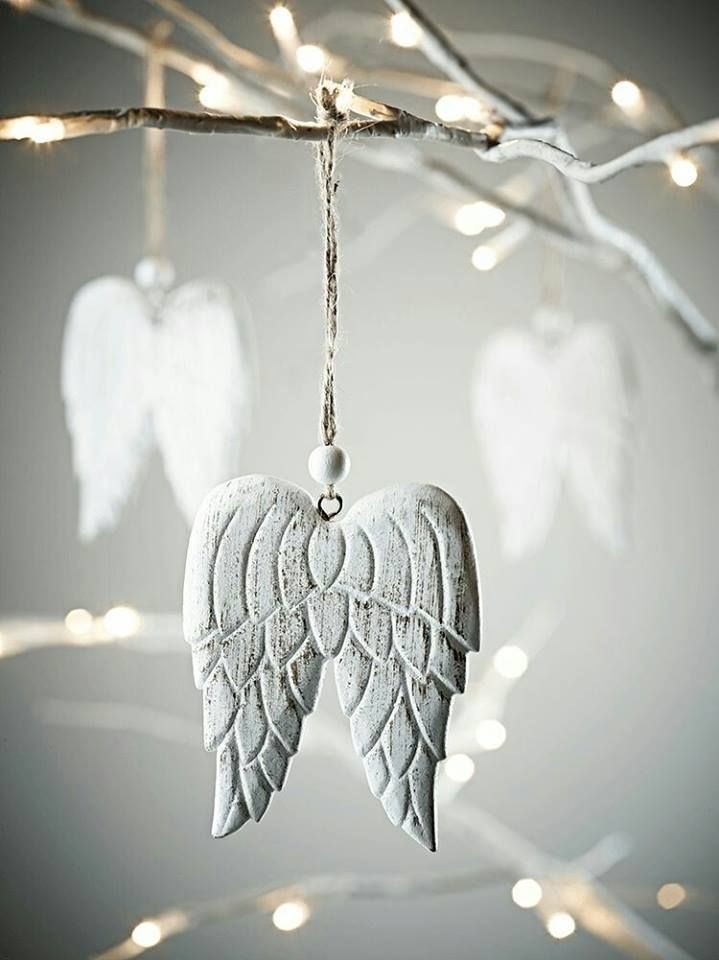Introduction to Textile Color Therapy...
- Koöko Fleurs
- May 8
- 2 min read
Updated: Sep 27

Textile therapy is a creative and therapeutic practice that uses fabric, textures, and patterns to encourage self-expression, relaxation, and emotional healing. Whether through embroidery, weaving, dyeing, or textile collage, this form of therapy provides a mindful and grounding outlet for stress relief and personal exploration.
Unlike traditional art therapy, which often focuses on painting or drawing, textile art engages the senses in a unique way—the feel of different fabrics, the rhythmic movements of stitching, and the layering of colors all contribute to a deeply immersive experience.
The Emotional & Psychological Benefits
Engaging in textile art can offer several therapeutic advantages, including:
- Stress Reduction: Repetitive textile techniques like weaving or stitching create a calming effect, similar to meditation.
- Enhanced Focus & Mindfulness: Working with fabrics and patterns encourages present-moment awareness.
- Emotional Expression: Symbolic stitching, colors, and textures allow individuals to process emotions non-verbally.
- Sense of Accomplishment: Creating textile pieces fosters self-confidence and pride in one's work.
- Connection & Heritage: Many cultures use textiles to tell stories, preserve traditions, and express identity.
Choosing Your Materials & Setting Intentions
Before beginning textile art therapy, it’s important to select materials that resonate with your emotions and goals. Consider:
- Fabric Types: Soft cotton for comfort, linen for grounding, silk for elegance, wool for warmth.
- Textures & Patterns: Rough vs. smooth, geometric vs. organic shapes—each conveys different emotions.
- Color Palette: Earthy tones for grounding, warm hues for comfort, cool shades for calm.
Setting an intention before working with textiles can also enhance the therapeutic effect.
Ask yourself:
- What emotions or thoughts do I want to express?
- How can my textile piece reflect my personal journey?
Interactive Exercise: The Texture Journal
Begin by collecting small fabric samples—different textures, colors, and materials. Feel each one and write down how it makes you feel. Does silk bring a sense of luxury? Does rough burlap feel grounding?
This journal will serve as a personal guide to using textiles for emotional expression.
Color is a powerful tool in textile art therapy, carrying emotional and cultural significance. Different shades evoke specific feelings and can be used intentionally to create soothing, energizing, or reflective textile pieces.
The Emotional Power of Color
- Red – Energy, passion, courage
- Orange – Joy, creativity, warmth
- Yellow – Optimism, focus, clarity
- Green – Balance, healing, renewal
- Blue – Calm, introspection, trust
- Purple – Spirituality, wisdom, mystery
- White – Purity, simplicity, new beginnings
Cultural Symbolism in Textile Colors
Colors often have unique meanings across different traditions. For example:
- Red in Chinese textiles symbolizes luck and prosperity.
- Blue in Indigenous weaving represents protection and wisdom.
- White in Japanese fabrics conveys purity and renewal.
Patterns & Motifs as Storytelling Elements
Beyond color, textiles feature symbolic designs that represent heritage and emotions:
- Floral motifs for growth and renewal
- Geometric patterns for stability and balance
- Spiritual symbols like mandalas for mindfulness and healing
Interactive Exercise: Creating a Mood Board
1. Gather fabric swatches or images representing different emotions.
2. Arrange them into a board based on color and patterns.
3. Identify themes that resonate with your personal experiences.
4. Use this mood board as inspiration for future textile projects.











Comments